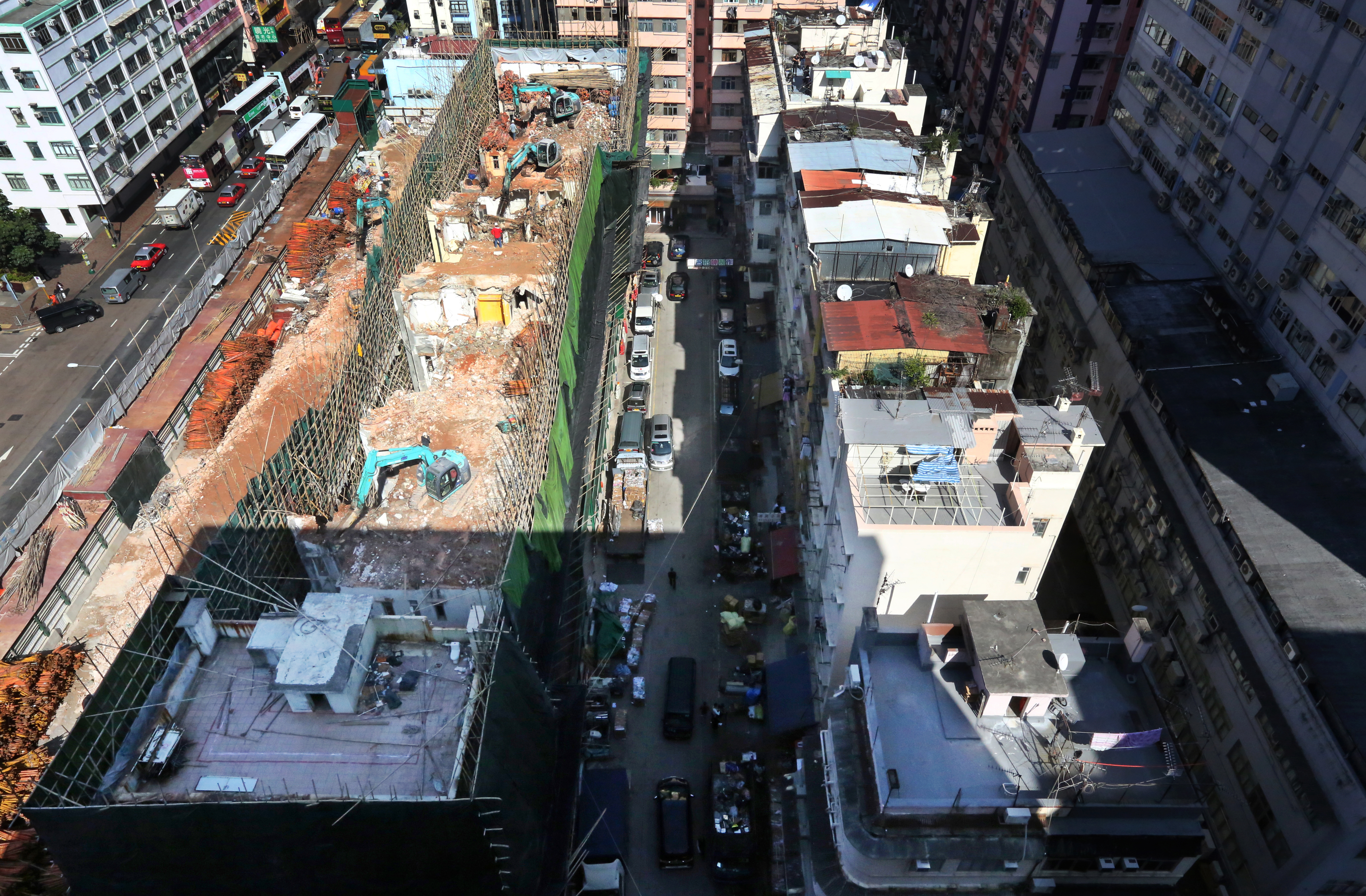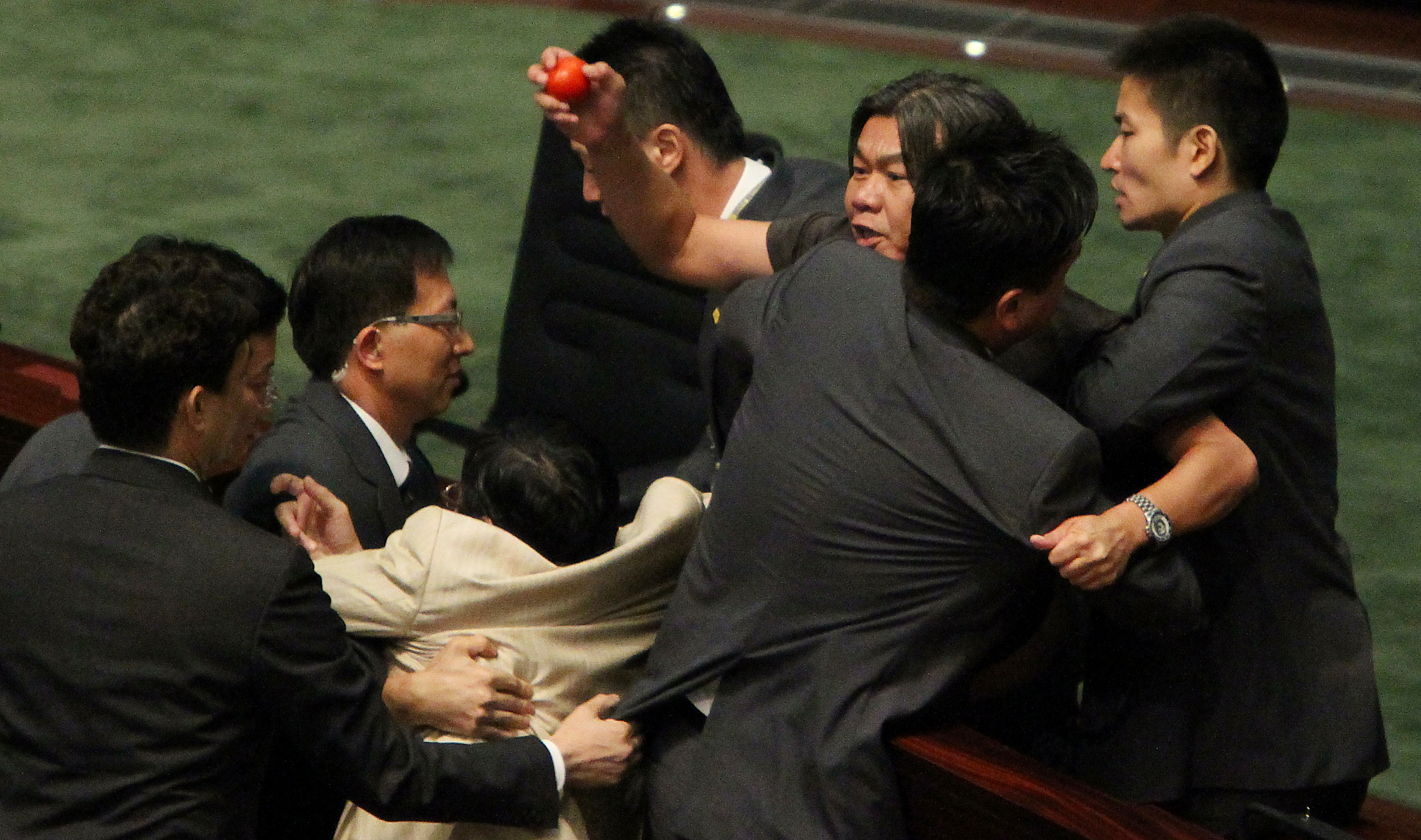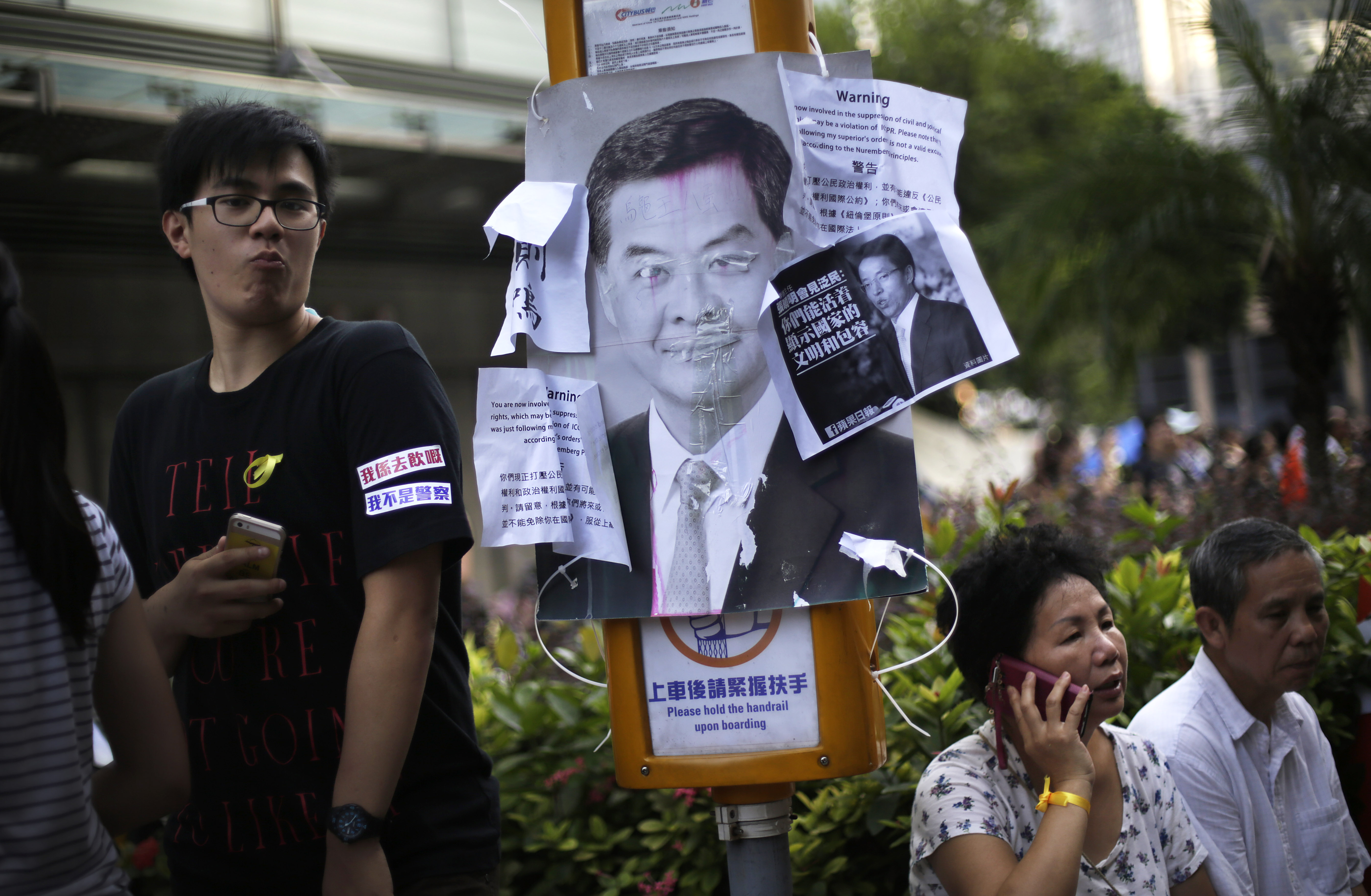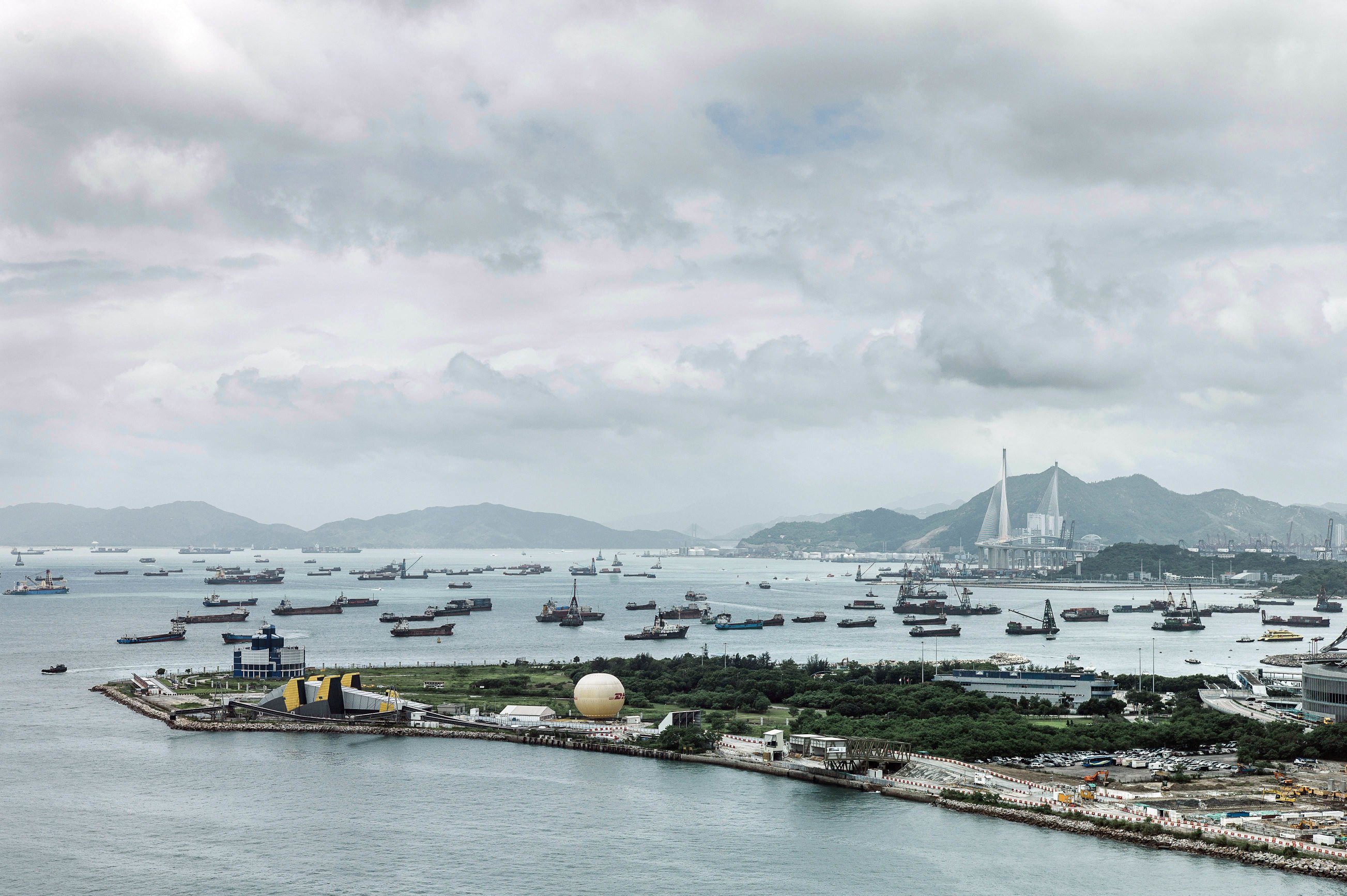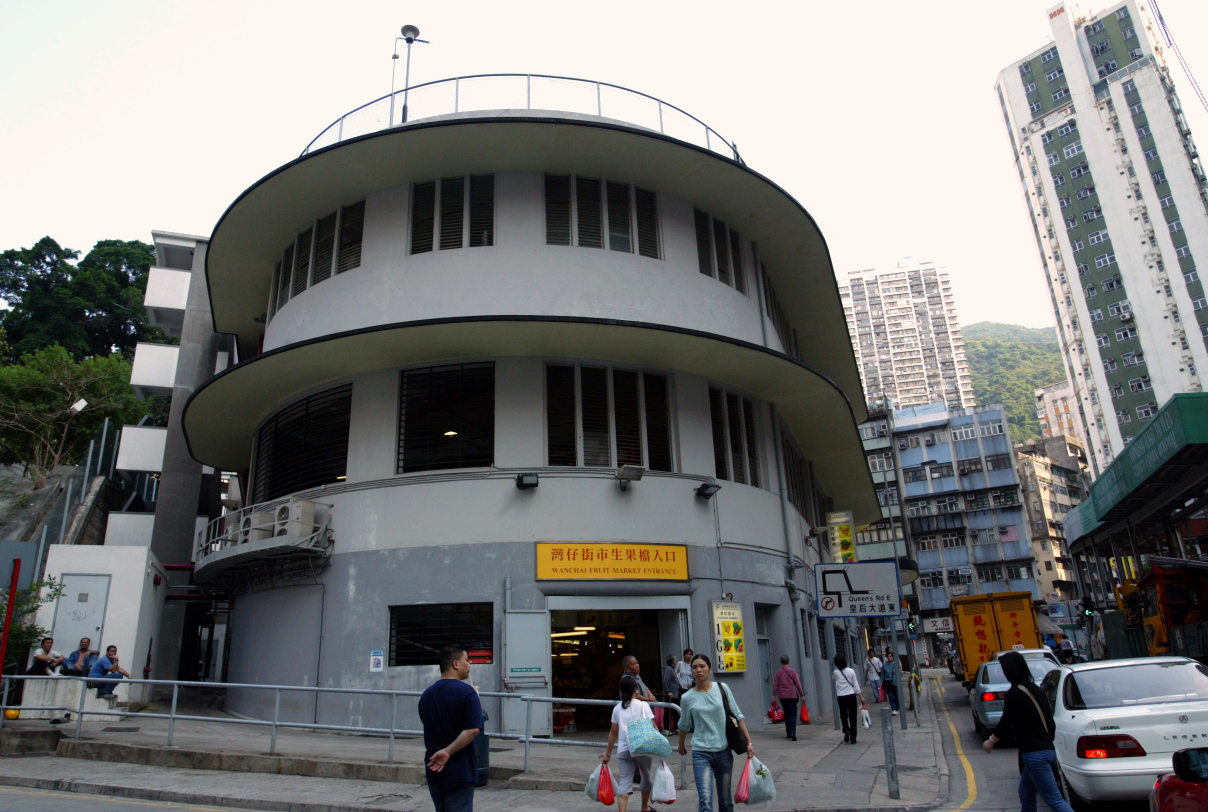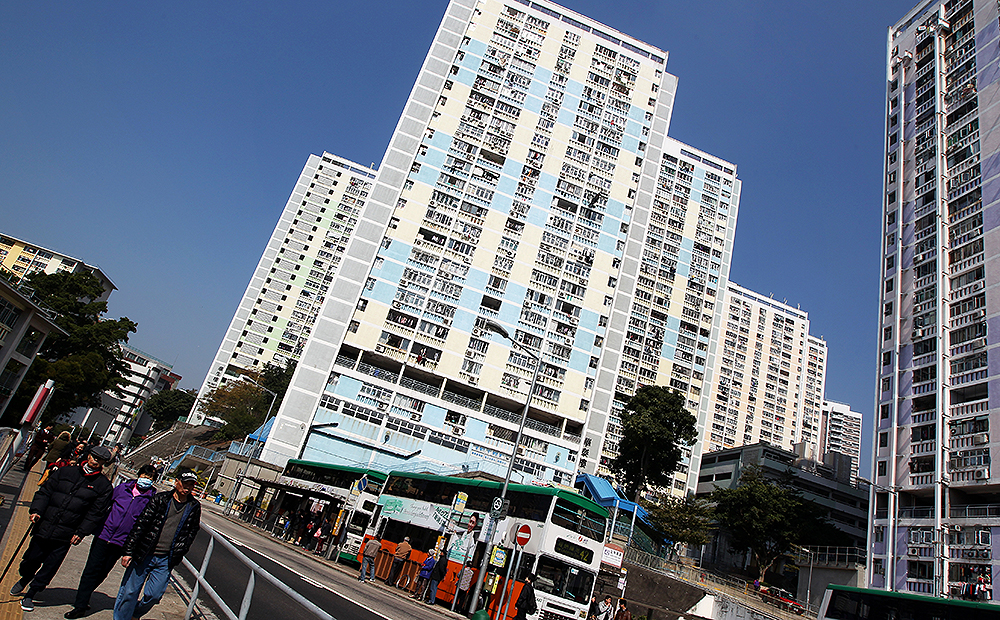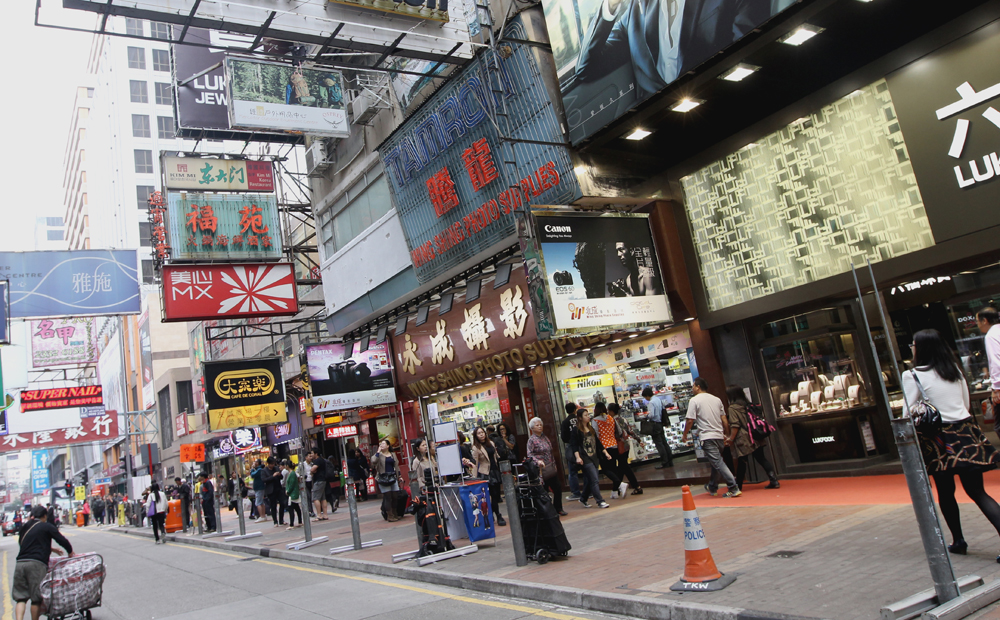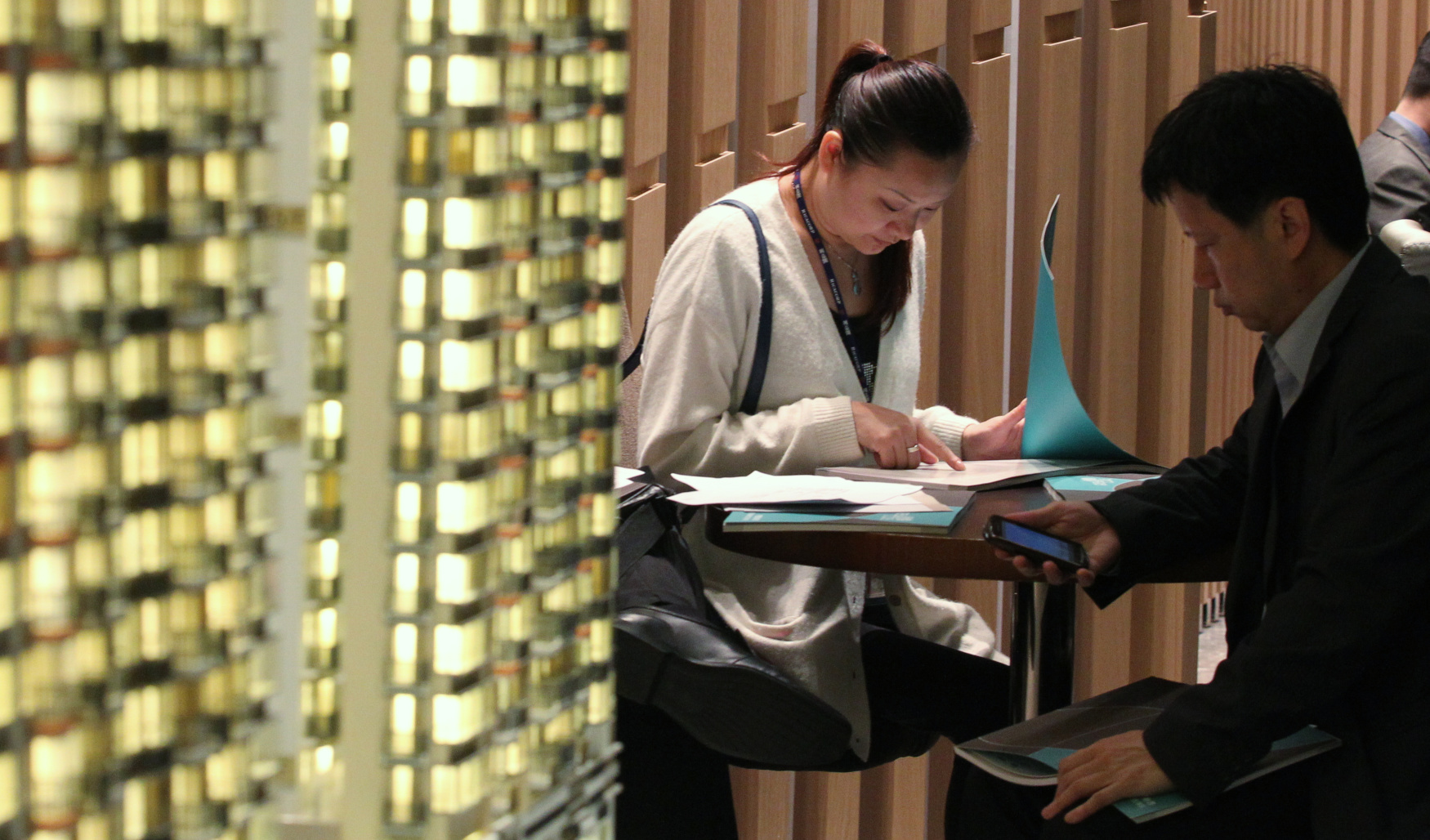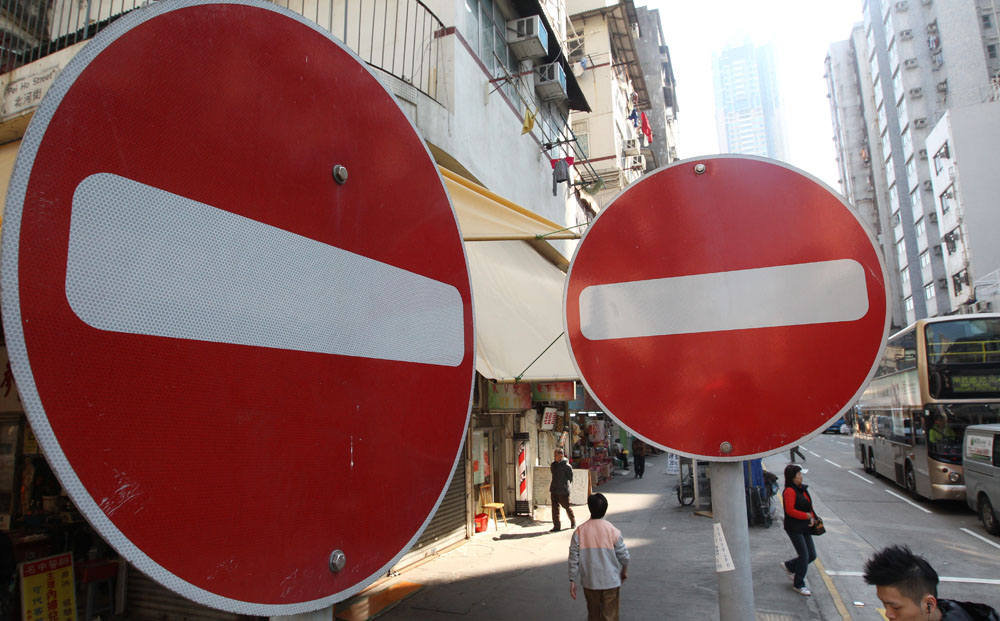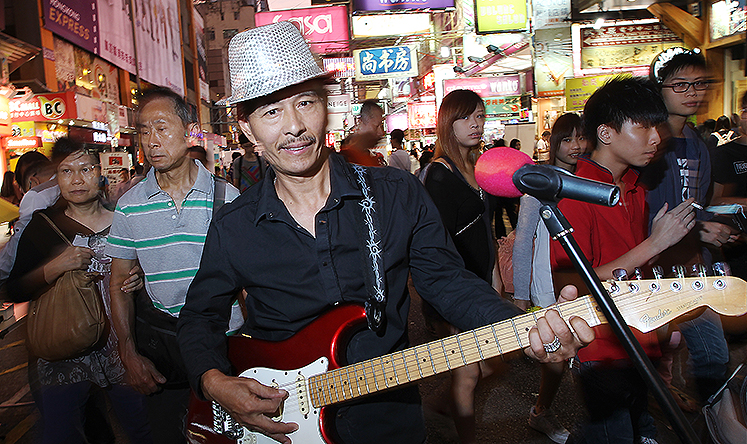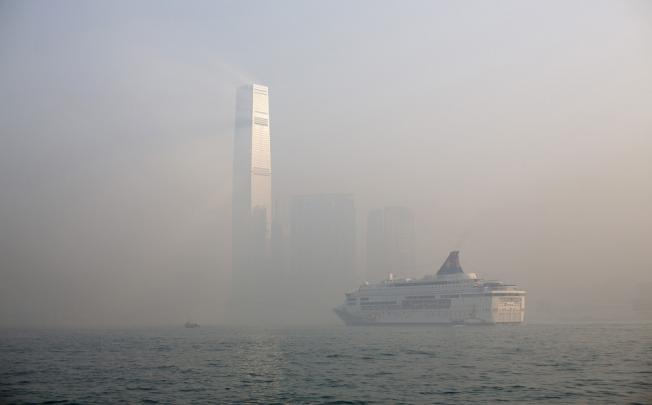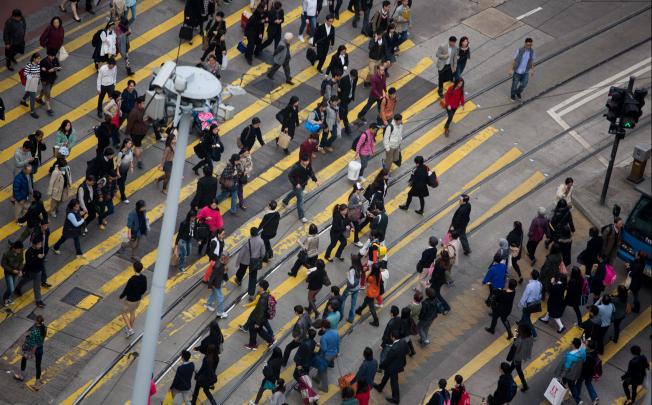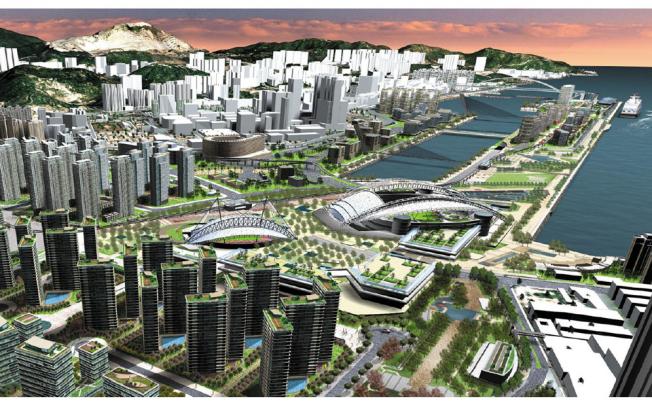Hong Kong may be the only jurisdiction on earth which allows non-human corporate entities to vote, and their existence is one of the murkiest aspects of Hong Kong's political system.
At a recent forum on urban innovations, hosted by the European Union Academic Programme, Dominic Weiss of the Smart City Vienna project gave an inspiring talk about his city's sustainable development policies.
On Sunday afternoon, the dysfunctionality of Hong Kong’s political system came up against the pent-up resentment of its people in a dramatic confrontation that surprised the world.
It was probably inevitable that the budget for the West Kowloon Cultural District park would be cut. With projected cost overruns for the arts hub, Norman Foster's vision of an urban forest has now been replaced with a series of open lawns.
Everyone agrees with heritage conservation in principle, but no one wants to pay for it. The government must rethink its approach to compensation and adopt creative solutions to help preserve the city's historic buildings.
Three years ago, the Urban Renewal Authority announced a new "demand-led" strategy for urban renewal. Now, the strategy has stalled. Because of the unprofitability of small projects, the authority recently announced that it would no longer accept applications on sites smaller than 600-800 square metres.
One of the best features of Hong Kong, and probably a major reason it is such a safe and vibrant city, is that the affluent and poor live in relatively close proximity to one another.
Several months ago, I predicted that the curtailment of the Mong Kok pedestrian zone's hours would result in a traffic-choked, overcrowded nightmare. I was wrong.
In the scramble to provide more housing, Chief Executive Leung Chun-ying has proposed to increase building densities across the city. According to a paper submitted by the Development Bureau to the Legislative Council at the end of January, development densities will rise by 20 per cent, except in the already extremely crowded parts of northern Hong Kong Island and Kowloon.
Imagine a street without guard railings, kerbs or traffic signals. Pedestrians, vehicles and even bicyclists weave around another at a leisurely pace.
In a remarkably short-sighted move, the Yau Tsim Mong District Council has voted to remove the Sai Yeung Choi Street pedestrian zone on weekday nights, leaving it closed to cars only at weekends. It cited the numerous complaints from residents and shopkeepers.
With housing prices still sky high, government officials are looking everywhere for land to fulfil the demand for affordable housing - everywhere, that is, except for old industrial areas.
Two weeks ago, the West Kowloon Cultural District Authority announced the winning design for the M+ museum for visual culture. The minimalistic design, which consists of one rectangular slab balanced on top of another in the shape of an upside-down T, drew criticism for its lack of creativity.
With planning under way on the extension of Tung Chung, and ongoing discussions about additional reclamation to increase housing supply, it is worth pausing to consider the overall layout of Hong Kong's new development areas.
While recent proposals by the Environment Bureau to control vehicles' exhaust fumes have received much attention, it is also worth highlighting the role urban planning can play in reducing roadside air pollution. The "street canyon effect" can be reduced by improving ventilation, cutting vehicle use, reducing pedestrian exposure and mitigating pollutants.
